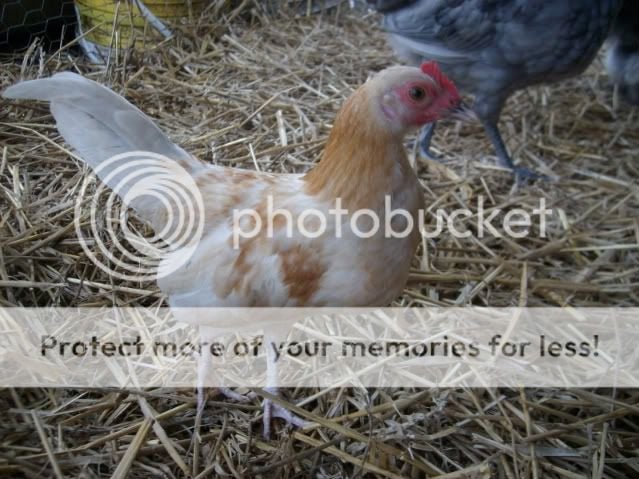I am starting this thread to be specific to the Dutch Bantam breed. I am the D3 Director of the American Dutch Bantam Society, and would be happy to answer any questions I can about this lovely breed.
Thanks!
Laura
Thanks!
Laura
Follow along with the video below to see how to install our site as a web app on your home screen.
Note: This feature may not be available in some browsers.
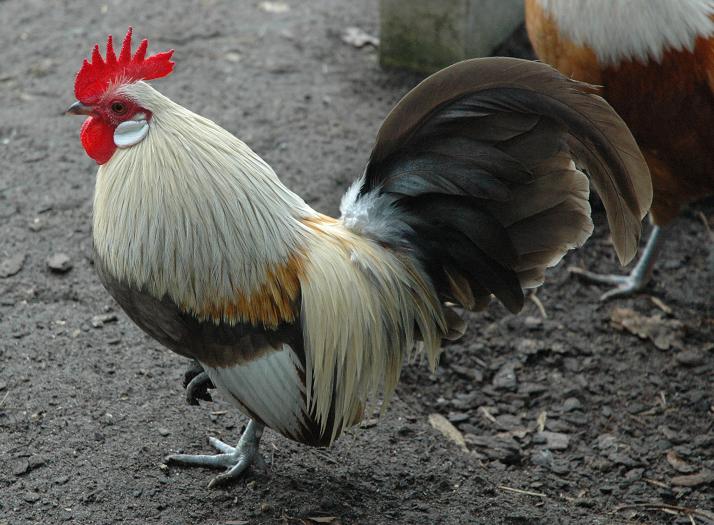
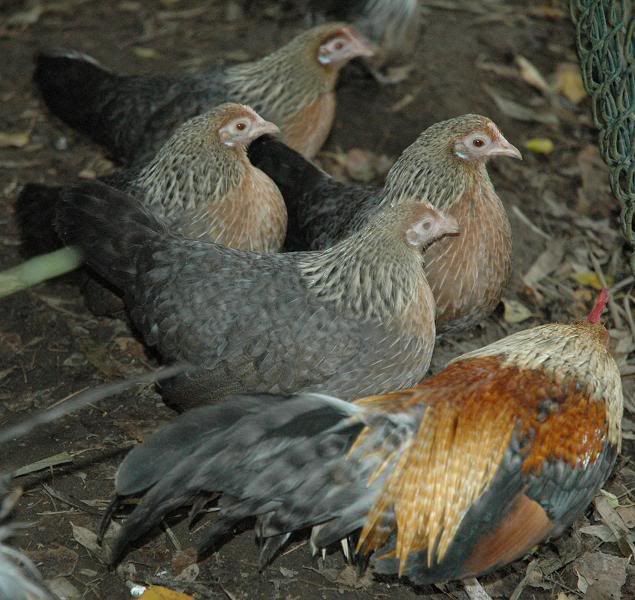
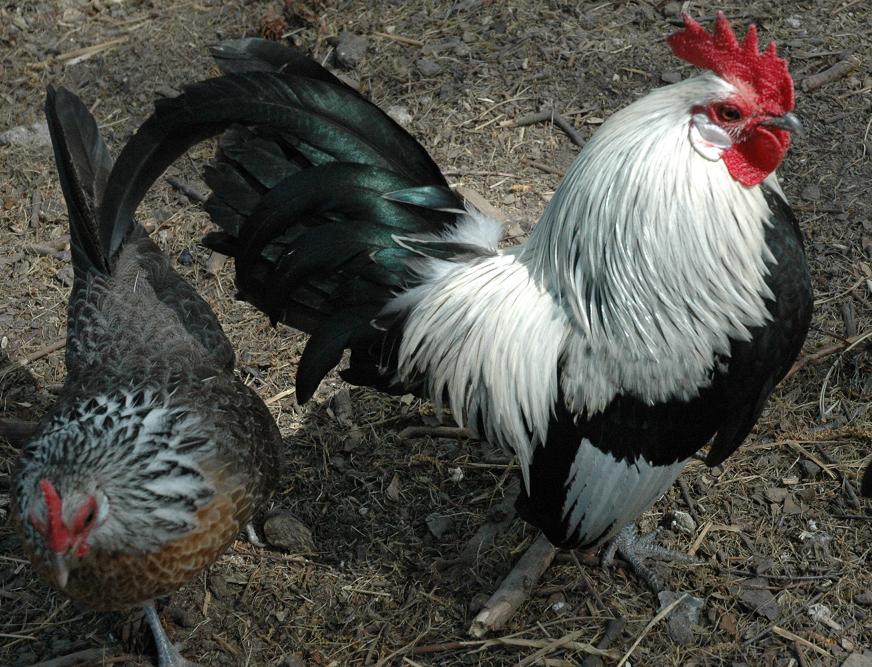
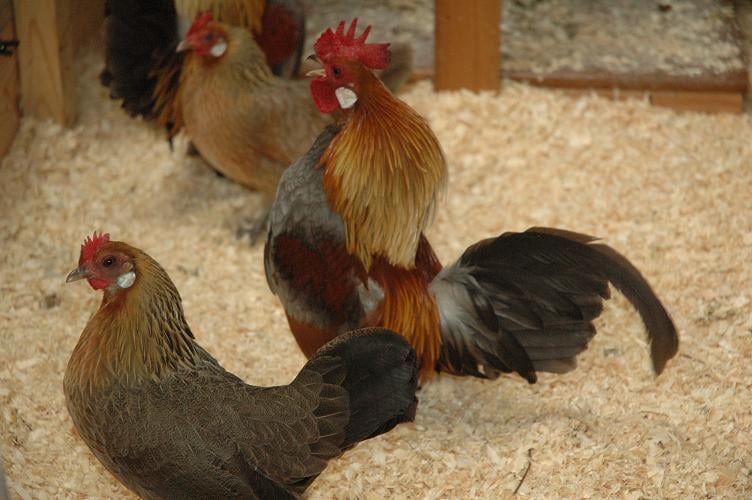
...Also, is there any hatchery that carries decent Dutch, not show quality, but at least representing to an acceptable degree the attributes the breed is supposed to have?
